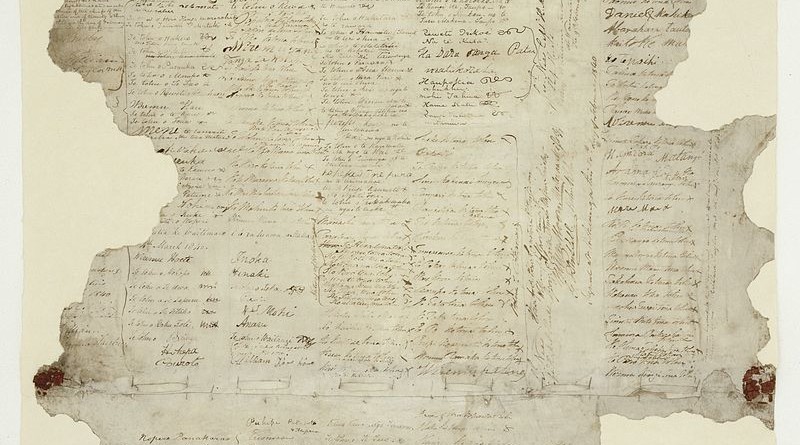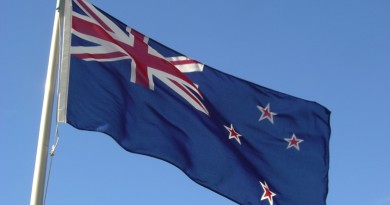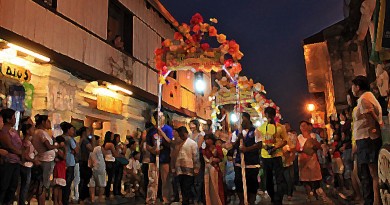Treaty of Waitangi – Te Tiriti o Waitangi
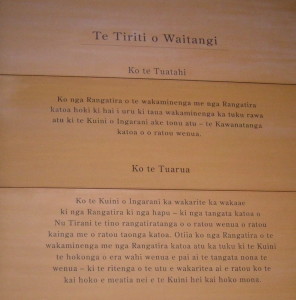
Waitangi Day, celebrated every 6th day of February, is one of New Zealand’s most significant public holiday. This is the day the “Treaty of Waitangi” was signed in 1840 by the Moari Chiefs (over 500) and representatives of the British Crown. The Treaty of Waitangi is often considered as New Zealand’s founding document.
The treaty is named after the place in the Bay of Islands where it was first signed. The day was officially commemorated in 1934, and has been made a public holiday since 1974.
The Draft
The treaty was drafted by William Hobson with the help of his secretary, James Freeman. British resident James Busby realised that first draft was inadequate and thus added three articles. Hobson and Freeman then completed the draft in English. Father and son, Henry and Edward Williams, translated it in Maori. Rev. Richard Taylor wrote a neat copy of the translation which became the Waitangi Sheet.
The Signing of the Treaty
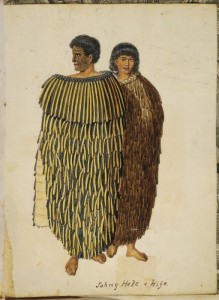
The draft treaty was debated at the house of James Busby on 5 February. Te Tiriti o Waitangi was then signed at Waitangi in the Bay of Islands on 6 February, 1840 by Captain William Hobson, with several English residents and approximately 45 Maori chiefs. The first Moari signatory was Hone Heke. Other signatures were then added, including over 500 rangatira (chiefs) from 39 areas through both the North and the South Island. The treaty was, however, not taken to all parts of New Zealand and some chiefs refused to sign.
Different Understandings
As the Treaty was written in 2 languages, many understandings had surfaced and thus became the subject of debates. The exclusive right to determine the meaning of the Treaty, however, was rested upon the Waitangi Tribunal. The Waitangi Tribunal is a commission of inquiry created in 1975 to investigate alleged breaches of the Treaty by the Crown.
Ref: Collins dictionary; New Zealand History Online; archives.govt.nz;
written by JB / edited and published by AL

